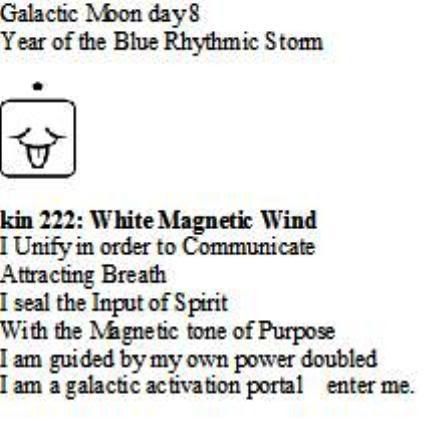America's Mt. Sinai In Danger of Ethnocentric Urban Sprawl
Current mood: scared
On the Northeastern edge of the Black Hills, just a few miles from the small town of Sturgis, off Highway 34, lies one of the most sacred mountains to the Plains Indians from the United States and Canada.
Up to 60 different tribes traveled to Bear Butte to fast and pray. Separated by about 8 miles of prairie from the greater Black Hills, which are also considered sacred by these same nations of people, Bear Butte looks like a sleeping bear lying on its side with its head pointed toward the northeast.
Today, people from all over the world come to Bear Butte to pray, to meditate, to try to experience some of the spiritual connection that has been there from the beginning of time.
It is at Bear Butte that Native American tribes received spiritual messages and gifts. In the holy books of the Christians, Moslems, and Jews, it is stated that one of their spiritual leaders, Moses, did the same thing on Mount Sinai when he received the ten commandments.
More than 4,000 years ago, a Cheyenne man named Sweet Medicine received guidance and gifts for the Cheyenne people at Bear Butte. Today, the Cheyenne people continue to come to Bear Butte to fast and pray. Some of the Southern Cheyenne must travel hundreds of miles from Oklahoma where they were displaced by the United States cavalry in the late 1800s when the Cheyenne nation was under threat of extinction.
Geologists, on the other hand, call Bear Butte a lacolith, or a bubble of magma that did not become a complete volcano. They say this happened millions of years ago. Yet the Oglala Lakota (Sioux) people call this place, Groaning Bear. How did the Oglalas know that this mountain groaned?
Non Indian archeologists estimate that Native people have been present in the Black Hills for 11,000 years. The origin stories of the Lakota people tell of the time of the arrival of the Sioux people on the face of Mother Earth through another sacred place, now called Wind Cave. Lakota people also have stories of when dinosaurs, called giant lizards, roamed the earth, of when tiny horses were here, and cats with huge teeth stalked buffalo. These stories date back much farther than 11,000 years.
All the tribes of the Sioux people: Lakota, Dakota, and Nakota, came to Bear Butte to pray...and still do. The months of May, June, and July will see families camped at the base while a relative is standing on the side of the mountain fasting in deep meditation. Small colored pieces of cloth containing pinches of tobacco are wrapped around trees and bushes as prayer gifts to the Creator. Larger flags of red, white, black, or yellow, the sacred colors, also are tied to trees to carry the prayers to all the directions.
Bear Butte, the mountain proper, is currently a National Historic Landmark managed by the South Dakota Game Fish and Parks Department. Although a few parcels of adjacent land has been purchased by some Native American nations, the rest of the surrounding area is ranchland, or is being sold to developers. Two drag racing strips, a biker bar, a convenience store, campgrounds, and housing developments are all located within a few miles of this sacred place.
By Charmaine Whiteface
Monday, April 30, 2007
Subscribe to:
Posts (Atom)




